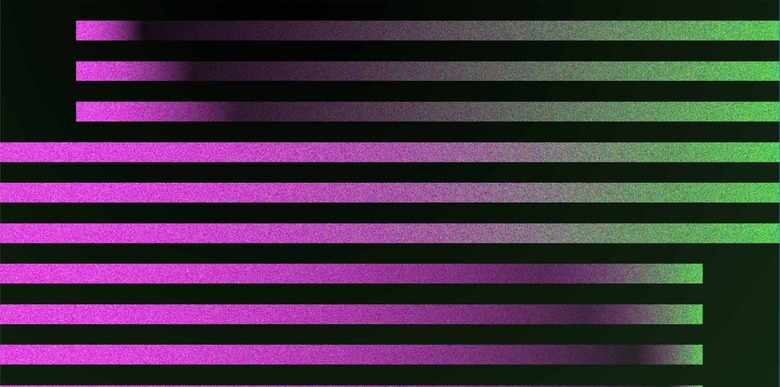ChatGPT Creator Launches Tool To Catch People Using ChatGPT
The creators of ChatGPT are launching a new tool to catch people using ChatGPT.
Today, OpenAI, the company behind ChatGPT and DALL·E 2, announced a new "AI classifier" tool to detect if a human being has written text...or artificial intelligence. The company hopes the new tool can be used to prevent the misuse of AI text-generation tools for devious purposes such as "automated misinformation campaigns, using AI tools for academic dishonesty, and positioning an AI chatbot as a human."
We've trained a classifier to distinguish between text written by a human and text written by AIs from a variety of providers. While it is impossible to reliably detect all AI-written text, we believe good classifiers can inform mitigations for false claims that AI-generated text was written by a human: for example, running automated misinformation campaigns, using AI tools for academic dishonesty, and positioning an AI chatbot as a human.
While that might panic all of the high schoolers who are now using ChatGPT to pass their history test (or law or business school attendees), the company says that the reliability of the tool is not great so far. According to their testing, the classifier was only able to identify about 26% of AI content as being written by a non-human.
Our classifier is not fully reliable. In our evaluations on a "challenge set" of English texts, our classifier correctly identifies 26% of AI-written text (true positives) as "likely AI-written," while incorrectly labeling human-written text as AI-written 9% of the time (false positives). Our classifier's reliability typically improves as the length of the input text increases. Compared to our previously released classifier, this new classifier is significantly more reliable on text from more recent AI systems.
OpenAI announced that it is making the classifier publicly available "to get feedback on whether imperfect tools like this one are useful." The company also mentioned that it is engaging with educators for input and developing new resources around the use of AI and education.
Anyone who is interested in trying out the classifier can check it out on OpenAI's website.
